In today’s competitive landscape, having the right features on your eCommerce website makes all the difference in driving sales—no matter the size of your inventory!
But with so many options available, knowing which features make for the best user experience can feel overwhelming. But no worries. We have you covered.
In this article, we’ll explore some of the top eCommerce features to look for in 2024 and why they’re worth your attention!
Top eCommerce Website Features
From personalized product recommendations and videos to dynamic pricing, choosing the right features is critical to keeping your site clean, organized, and easy to shop on from any device.
So, let’s dive in and explore the ones we see taking 2024 by storm!
Intuitive, User-Friendly Navigation
When it comes to online shopping, user-friendly navigation and search functionality are paramount.
So, to ensure a positive experience, your site must have a clear and easy-to-use layout. Simply put, if the website is cluttered or confusing, it causes frustration, increases bounce rates, and results in missed leads or sales.
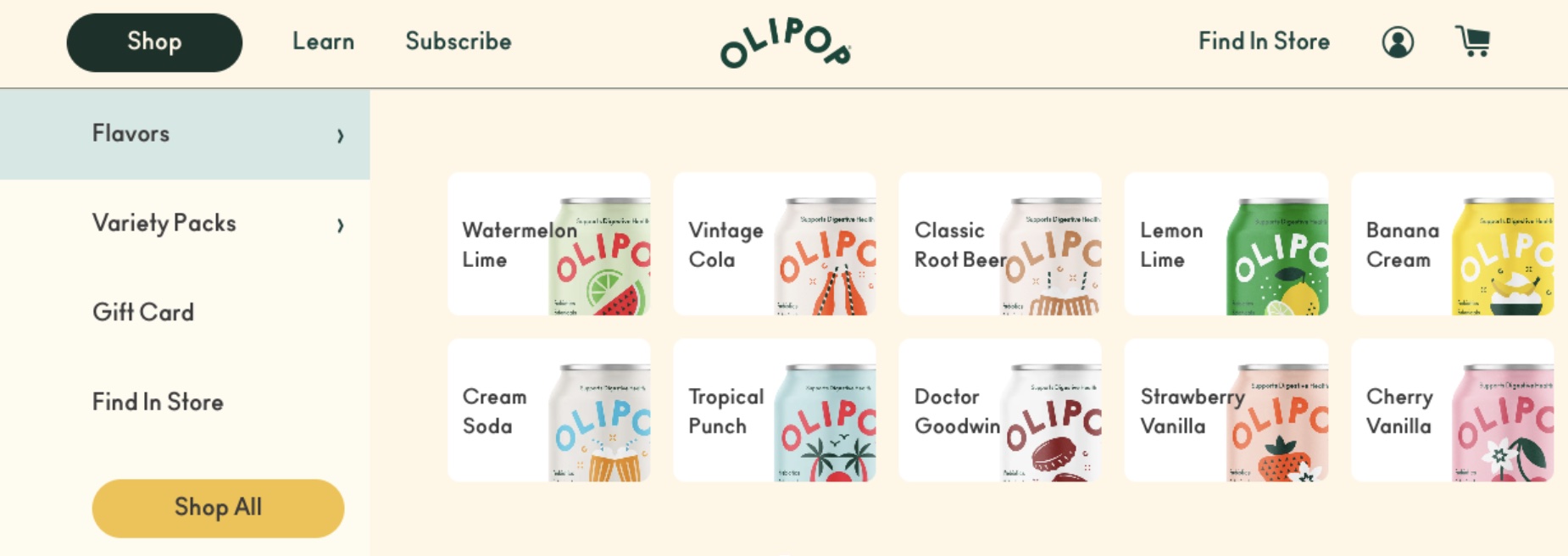
When optimizing your website’s navigation and search functionality, consider the following:
- Clear and intuitive menu structure: Organize your product categories and subcategories logically, and avoid excessive dropdown menus or complex navigation structures that can confuse users.
- Search bar prominence: Place the search bar in a prominent location, preferably at the top of your website, so that users can quickly find it.
- Auto-suggestions and filters: Auto-suggestions provide real-time suggestions as users type, while filters allow shoppers to narrow their search results based on specific criteria, such as price range, color, or size.
Now, doesn’t that sound like a simple way to shop?
Dynamic Product Images & Videos
High-quality product images and videos showcase your products in the best light and provide customers with a better understanding of what they’re buying.
But there’s much more involved than posting a great pic. Here are some tips to really make them pop!
- Multiple angles and zoom functionality: Provide customers with multiple product images from different angles to give them a comprehensive view of your products.
Consider implementing a zoom functionality that allows users to zoom in on specific details, providing a closer look at the product’s features.

- Product videos: Create videos highlighting your products’ key features and benefits. Videos allow customers to visualize how the product works, how it will look and feel, increasing their confidence and reducing purchase hesitation.
- User-generated content: Encourage customers to submit photos or videos showcasing your products. User-generated content adds authenticity to your website and provides social proof, as potential customers can see real people using and enjoying your products.
Product Reviews & Ratings
Admit it. You never buy anything online unless you read reviews first. Well, why would your customers be any different?
Potential customers who see positive reviews and high ratings for your products are more likely to trust your brand and make a purchase.
Below, we’ve compiled a few best practices for implementing reviews:
- Enable customer reviews: Allow customers to leave reviews for your products on your eCommerce website. Make it easy for them to submit reviews with a simple rating system and an optional comment section.
- Display reviews prominently: Showcase product reviews on your product pages, preferably near the top, where they are easily visible. Consider using a star rating system or highlighting your top customer testimonials.
- Respond to reviews: Regularly monitor and respond to customer reviews—both positive and negative. Doing so shows that you value customer feedback and are committed to addressing any concerns or issues raised.
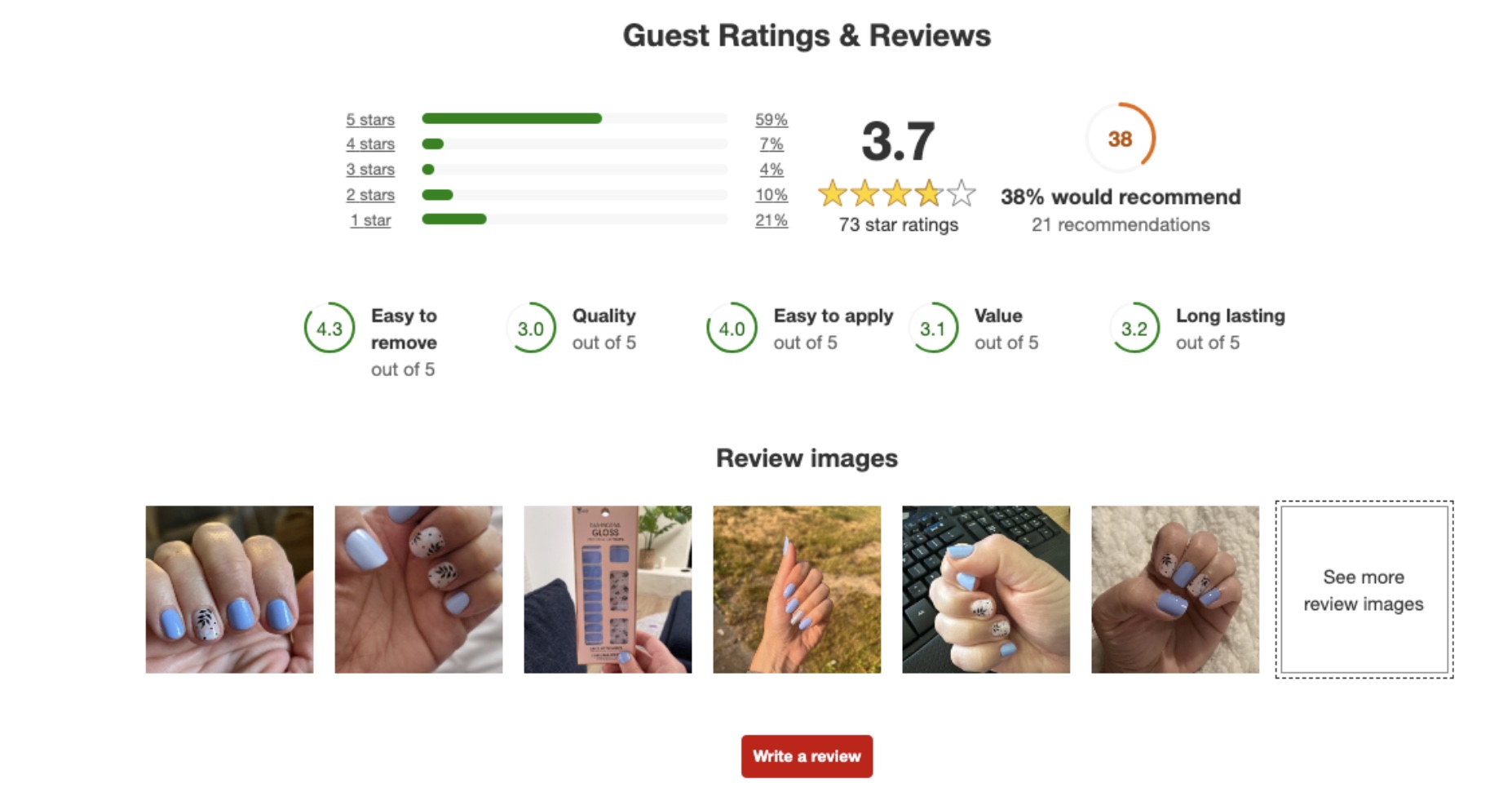
Even if a review is bad, when customers see you respond and take action to turn things around, they know you care!
Seamless checkout process
If your checkout process is complicated or time-consuming, you’re just asking for cart abandonment and lost sales.
Here are some key elements to consider when optimizing your checkout process:
- Guest checkout option: Provide customers with the option to “check out as a guest” without requiring them to create an account. This reduces friction and eliminates a potential barrier to completing the purchase.
- Find in store and alternative shopping options: As consumers shop across in-person, mobile and other digital platforms, it’s essential to provide options for users to shop in whatever way is most convenient for them. From Find in Store to Buy with Prime, adding options can make the buying process seamless for users.
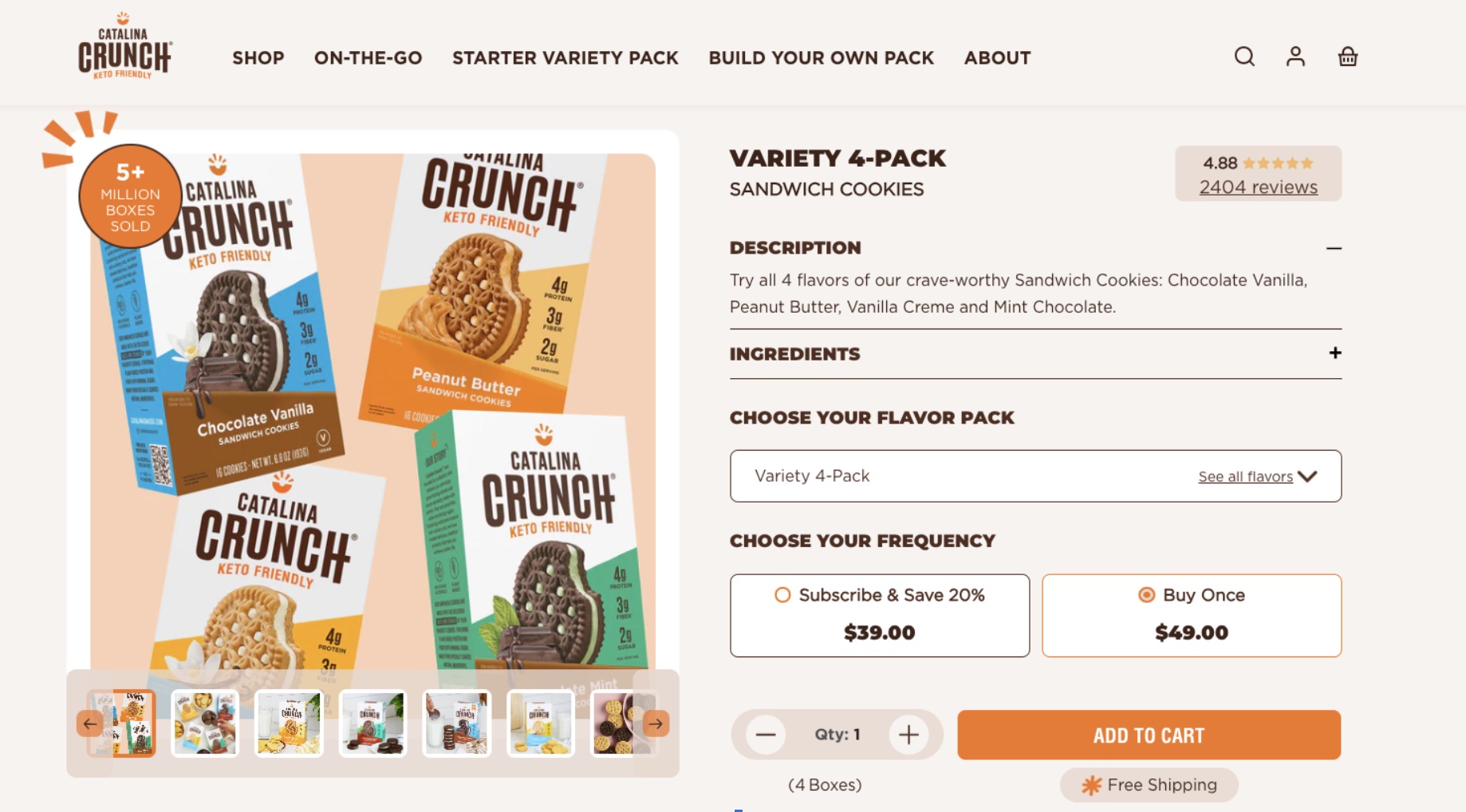
- Multiple payment options: Offer various payment options to cater to different customer preferences. Include popular payment gateways like PayPal, credit cards, and digital wallets to ensure a smooth and convenient checkout experience.
- Subscribe and Save: Offering users a way to save money by automating their orders is a great way to increase your average monthly and reorder rates. It allows customers to set and forget their subscriptions. Don’t forget to use tools and plugins that make it easy for users to control and update their subscriptions!
- Order summary and confirmation: Provide customers with a clear order summary, including
- The purchase items
- Quantities
- Price and taxes
- Applicable discounts or promotions
After completing the checkout process, display a confirmation page or send a confirmation email to reassure customers that their order has been successfully placed.
Personalization Features
By tailoring the shopping experience to each customer’s preferences and needs, you can increase engagement, encourage repeat purchases, and boost customer loyalty.
Let’s dive a little deeper:
- Personalized product recommendations: Use algorithms and customer data to offer personalized product recommendations based on each customer’s browsing and purchase history. Display these recommendations on product pages, cart pages, or through personalized email campaigns.
- Dynamic pricing and discounts: Implement dynamic pricing strategies that offer personalized discounts or promotions based on customer behavior or purchase history. This effective technique helps create a sense of exclusivity and incentivize your customers to purchase.
- Personalized email marketing: Leverage customer data to send personalized marketing campaigns. Segment your customer base based on demographics, purchase history, or browsing behavior, and deliver targeted emails with relevant product recommendations or exclusive offers.
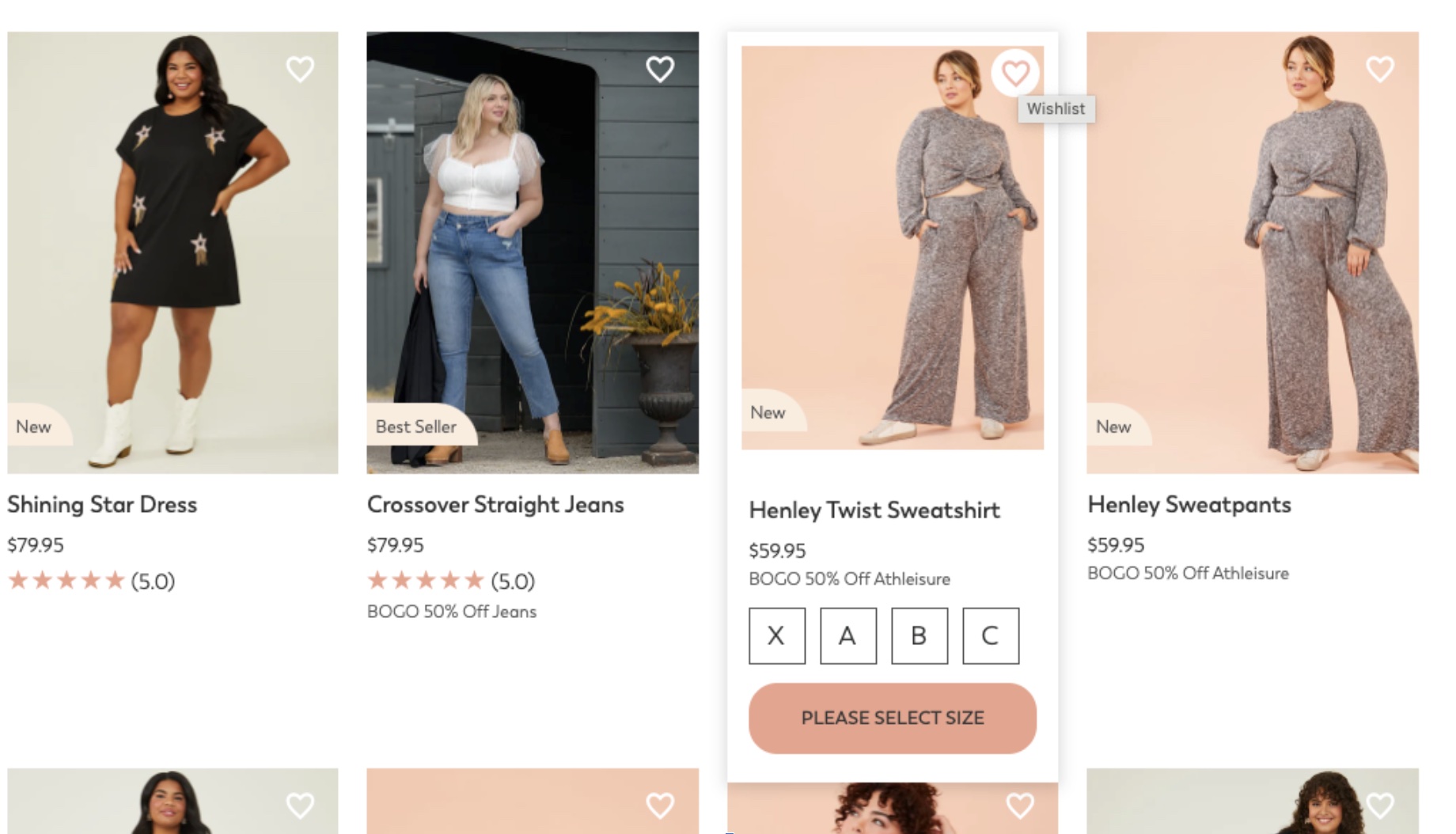
- Wish list and saved items: Allow customers to create wish lists or hold items for later. Doing so enables them to revisit products they are interested in quickly and encourages them to return to your website to purchase.
- Welcome discounts and free shipping: Getting a buyer to make the first purchase on your site is a huge hurdle. Providing discounts and free shipping offers can really help reduce the friction to purchase items.
- Reorder reminders: Send automated reorder reminders to customers who have previously purchased specific products. This may help foster customer loyalty and encourage repeat purchases.
- Abandoned cart reminders: Implement automated abandoned cart recovery emails to remind customers about their incomplete purchases. Include a personalized message, a summary of the items in their cart, and a call-to-action to complete the purchase.
Sometimes, creating a fun message (i.e., your cart misses you) or creating a sense of urgency (i.e., hurry, two items in your cart are selling fast) will do the trick!
Customer support & live chat
Your customers may not be shopping “in-store,” but that’s no excuse not to provide the best customer service possible!
Here are a few ways to enhance their shopping experience, so they return for more:
- Live chat functionality: Implement live chat on your eCommerce website to provide real-time support to customers. Live chat allows customers to ask questions, seek assistance, or get clarification on product details, leading to increased confidence and conversion rates.
- FAQ section: Create a comprehensive FAQ section on your website that addresses common customer queries and provides detailed answers.
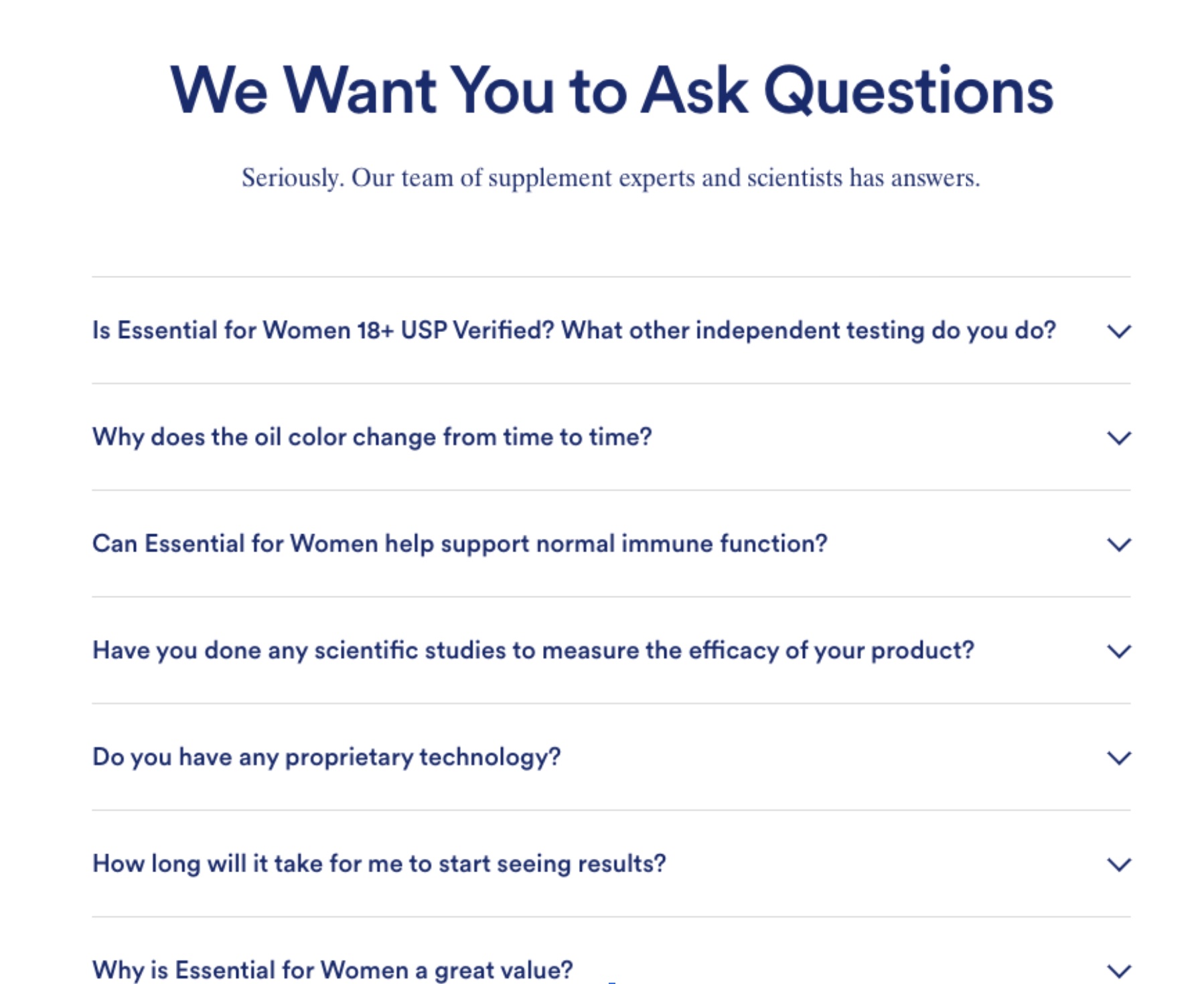
- Support ticket system: Offer a support ticket system that allows customers to submit inquiries or issues that require further assistance. Ensure you have a dedicated support team that promptly responds to these tickets and provides resolutions.
Security & Trust Indicators
Customers need (and deserve) to feel safe when purchasing on your website, knowing their personal and financial information is protected.
- SSL Certification: Ensure you have installed an SSL certificate on your eCommerce website to encrypt customer data and provide a secure connection. Also, be sure to offer secure payment options that prioritize customer data protection.
Finally, make sure your privacy policy is up-to-date and easily accessible!
So, which eCommerce features will you try?
If you’re in the process of migrating an older store to a new platform or need help building one from scratch, our eCommerce experts can help!
Contact us for a free consultation to help you design, build, and maintain a digital storefront that boosts sales and fosters customer loyalty in 2024 and beyond!



